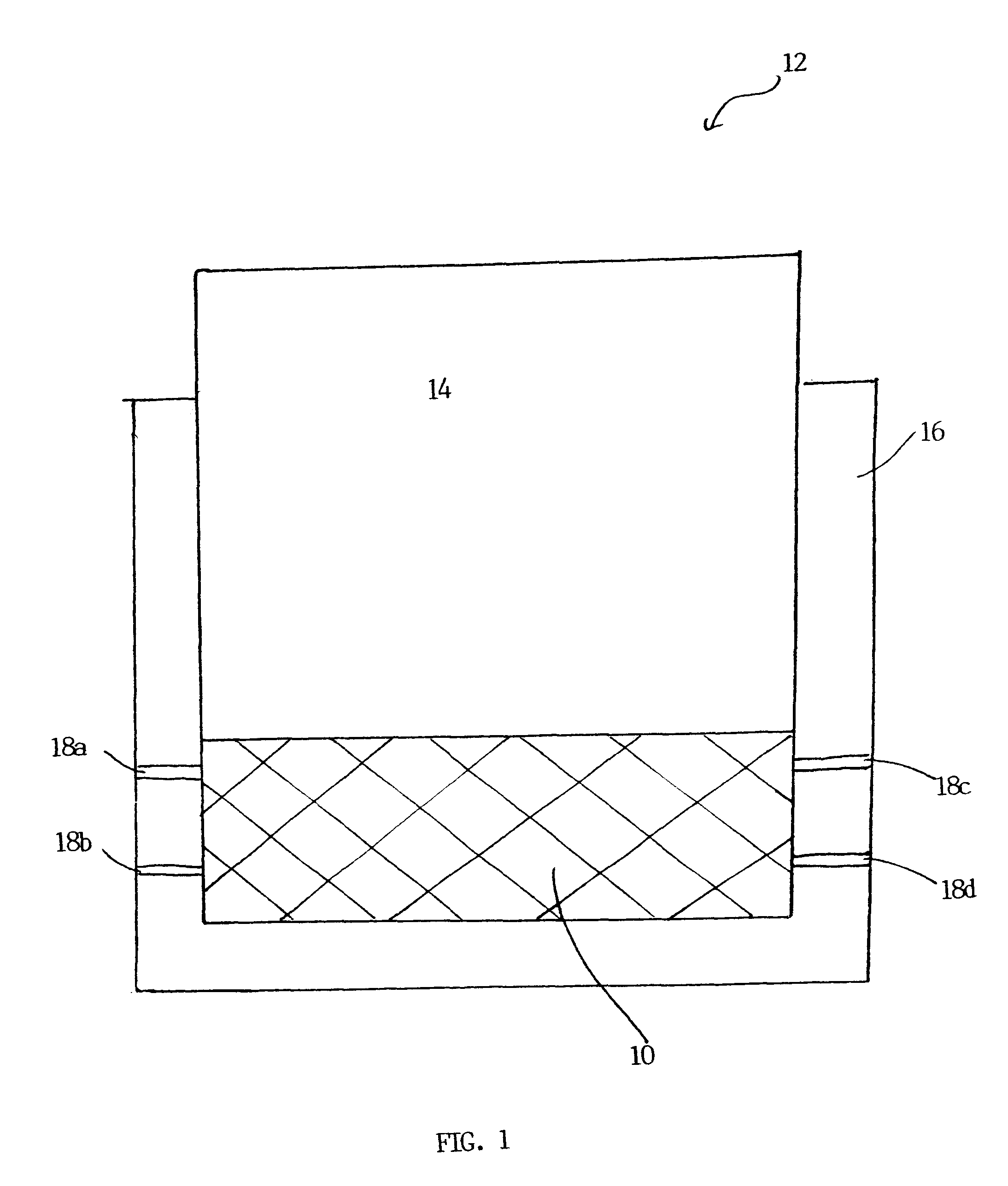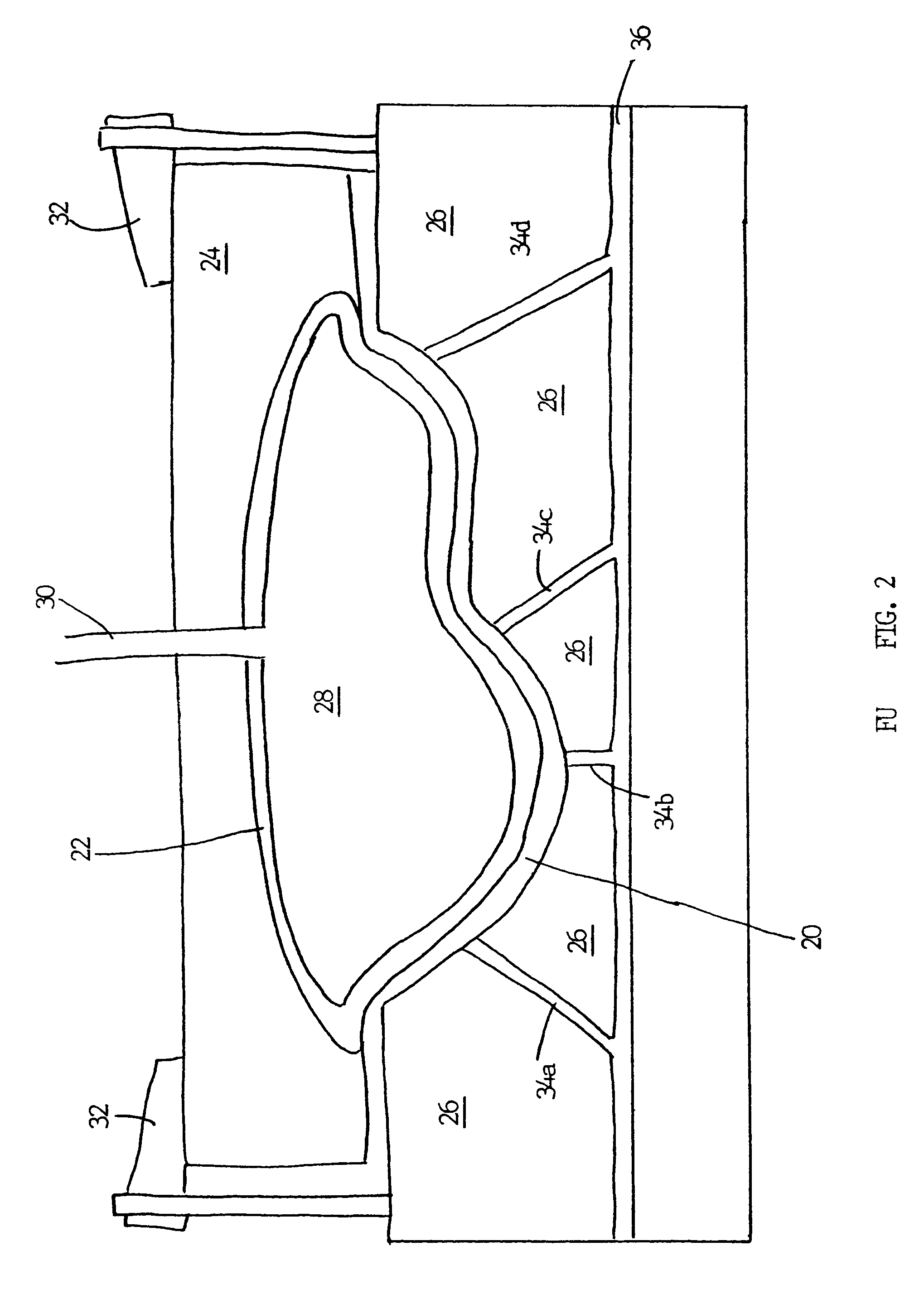Polymeric materials and process for producing same
a technology of polymer materials and process, applied in the direction of layered products, non-woven fabrics, lamination, etc., can solve the problems of large internal stress induced in the assembly, relative thick sheets, and sheet crazing
- Summary
- Abstract
- Description
- Claims
- Application Information
AI Technical Summary
Benefits of technology
Problems solved by technology
Method used
Image
Examples
example 1
(control)
(a) Apply 300 atm. of pressure. Heat to 153.degree. C.
(b) Maintain at 300 atm. and 153.degree. C. for 10 minutes.
(c) Maintain at 300 atm. while cooling to ambient temperature.
example 2
(a) Apply 300 atm. of pressure. Heat to 153.degree. C.
(b) Maintain at 300 atm. and 153.degree. C. 9.5 minutes.
(c) Reduce pressure to 30 atm. Maintain at 30 atm. and 153.degree. C. for 0.15 minutes.
(d) Maintain at 300 atm. while cooling to ambient temperature.
example 3
(a) Apply 300 atm. of pressure. Heat to 153.degree. C.
(b) Maintain at 300 atm. and 153.degree. C. for 9.5 minutes.
(c) Reduce pressure to 30 atm. Maintain at 30 atm. and 153.degree. C. for 0.25 minutes.
(d) Maintain at 300 atm. while cooling to ambient temperature.
PUM
| Property | Measurement | Unit |
|---|---|---|
| Length | aaaaa | aaaaa |
| Fraction | aaaaa | aaaaa |
| Fraction | aaaaa | aaaaa |
Abstract
Description
Claims
Application Information
 Login to View More
Login to View More - R&D
- Intellectual Property
- Life Sciences
- Materials
- Tech Scout
- Unparalleled Data Quality
- Higher Quality Content
- 60% Fewer Hallucinations
Browse by: Latest US Patents, China's latest patents, Technical Efficacy Thesaurus, Application Domain, Technology Topic, Popular Technical Reports.
© 2025 PatSnap. All rights reserved.Legal|Privacy policy|Modern Slavery Act Transparency Statement|Sitemap|About US| Contact US: help@patsnap.com



